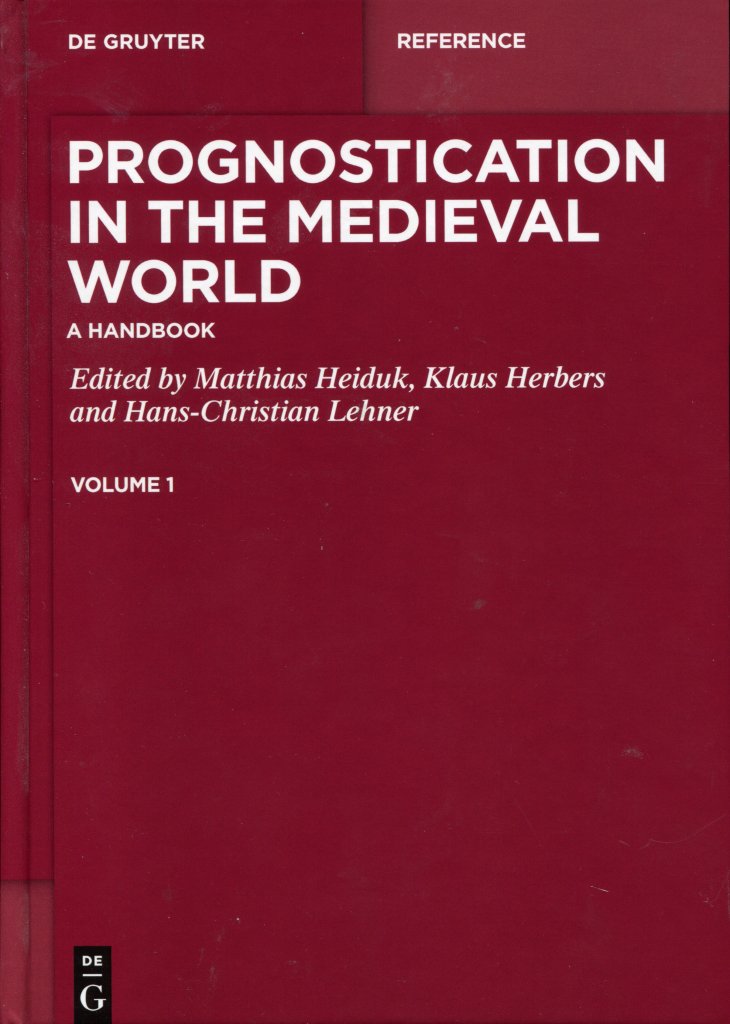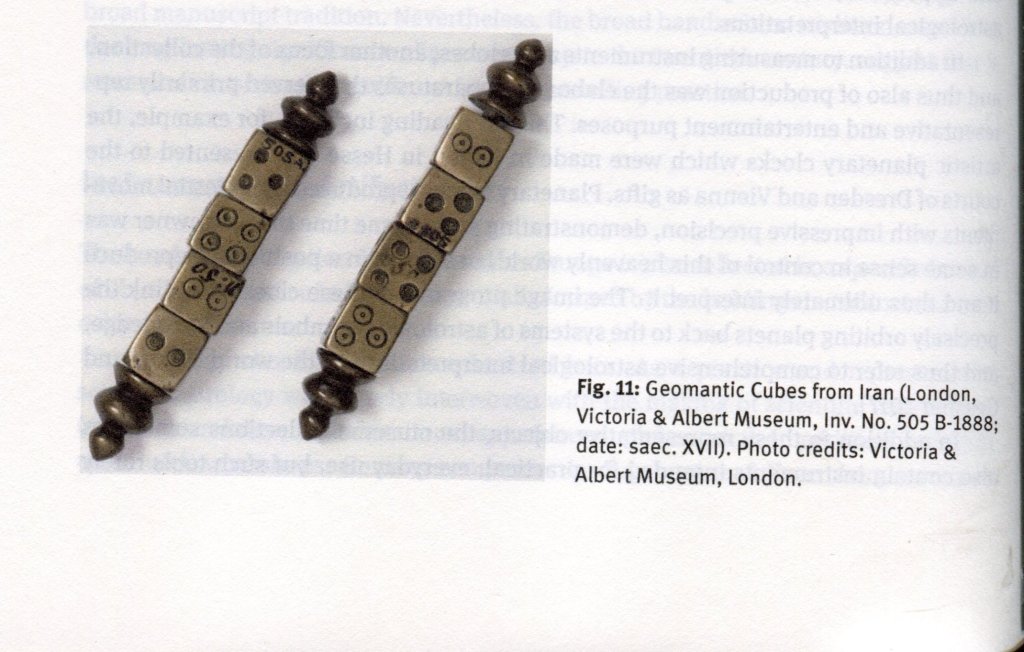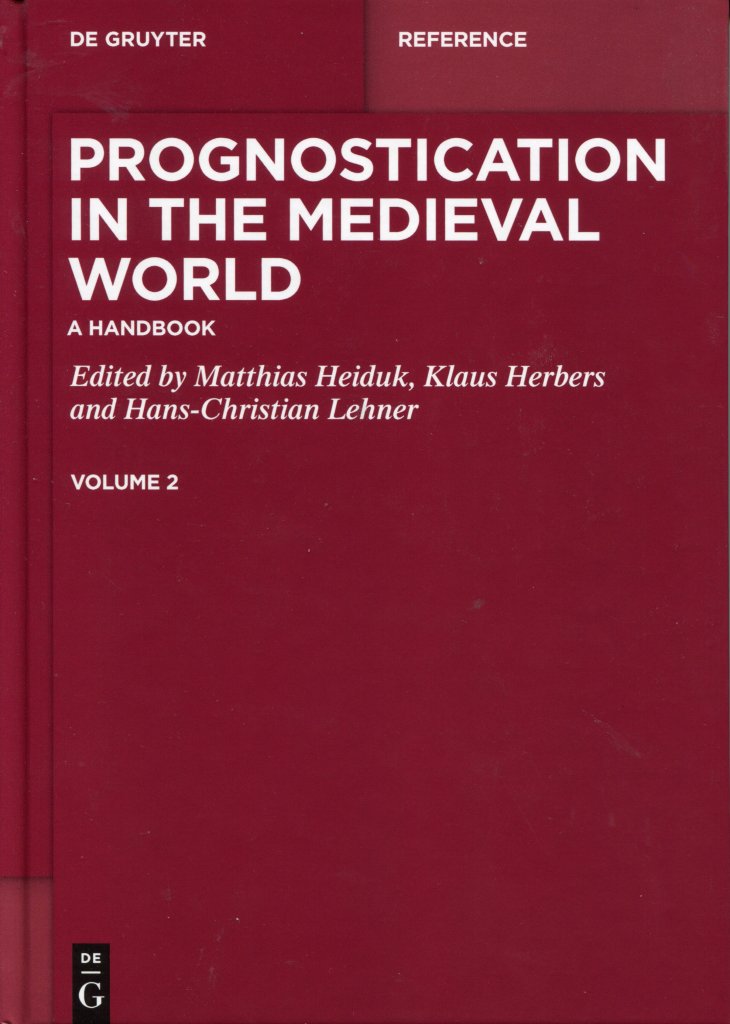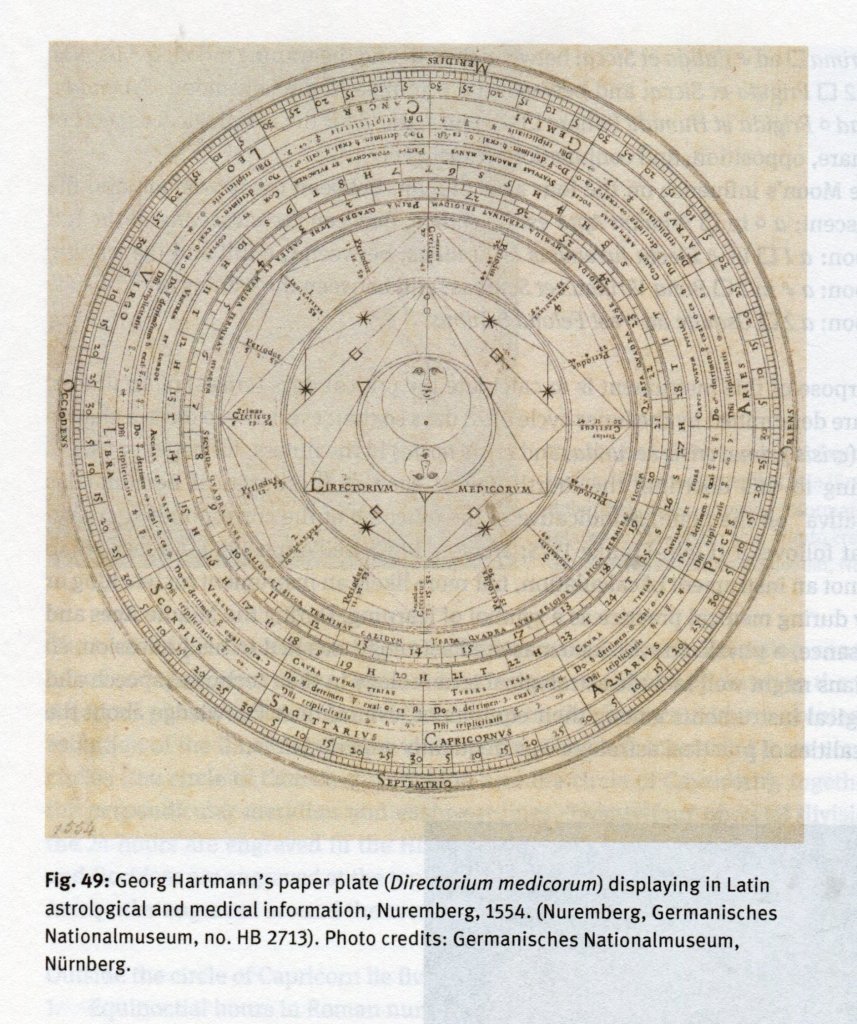This book review needs a little background. Some readers will know the blog post I wrote about meeting historian of astrology, Darrel Rutkin, on a country bus in 2014, whilst reading Monica Azzolini’s excellent The Duke and the Stars: Astrology and Politics in Renaissance Milan. Later I also wrote a review of Darrel’s equally excellent Sapientia Astrologica: Astrology, Magic and Natural Knowledge, ca. 1250–1800: I.Medieval Structures (1250–1500): Conceptual, Institutional, Socio-Political, Theologico-Religious and Cultural. As I wrote in that review Darrel was in Erlangen as a fellow at the International Consortium for Research in the Humanities: Fate, Freedom and Prognostication. Strategies for Coping with the Future in East Asia and Europe
The ICRH, for short, is a major international research institute set up to study the histories of divination and prognostication in China and in Medieval Europe. The post-doctoral fellows, many of them established professors, come to Erlangen for a period of time, between six and twenty-four months, to immerse themselves in the research of a specific aspect of these histories. There is much exchange between the fellows, who as well as following their own research take part in reading sessions, workshops, and conferences. During the semester there is a lecture every Tuesday evening given in turn by one of the fellows on the topic of their research, an incredible spectrum of themes. Since I met Darrel in 2014, I have been a regular audient of these lectures and have learnt an incredible amount. Although not a fellow, I even had the honour of holding a lecture in which I presented the recently published English version of our volume on the life and work of Simon Marius, concentrating in my lecture on his role as a Renaissance astrologer. I’m pleased to say that my lecture was well received.
One long term aim of this research project, which has now been running for more that ten years, was to produce handbooks on Prognostication and Prediction in Chinese Civilisation and Prognostication in Premodern Western Society. This is a review of the latter, which has now been published under the title, Prognostication in the Medieval World: A Handbook.[1]

Volume I opens with an introductory essay by the editors that clearly lays out the why, how and wherefor of the handbook. They also explain the guidelines given to the authors of the individual essays to try and ensure a unity in approach and presentation, making this a genuine handbook and not a random collection of papers. This is followed by nine introductory surveys covering, Divination in Antiquity, the Pre-Christian Celtic World, Prognostication in the Germanic Languages, Prognostication among Slavs in the Middle Ages, Prognostication in the Medieval Western Christian World, Prognostication in the Medieval Eastern Christian World, Prognostication in the Medieval Jewish Culture, Prognostication in the Medieval Islamic World, and Prognostication in Early Modern Times –Outlook.

The main section of the book gathers groups of essays under types of divination: Eschatology and Millenarism, Prophecy and Visions, Dream Interpretation, Mantic Arts, Astral Sciences, Medical Prognostication, Calendrical Calculations, Weather Forecasting and closes with a single essay on Quantifying Risks.
The various authors are all experts in their individual fields and the quality of the separate essays is uniformly high. A lot of effort has been invested in assuring that the handbook is a truly useful reference work.

Volume II is much shorter than Volume I, a mere 290 pages to 710, but is an important and significant supplement to the essays in Volume I. To quote the general introduction:
The third section offers a “Repertoire of Written Sources and Artifacts.” This consists of detailed representations of text genres, text corpora, individual works or descriptions of certain objects as concrete manifestations of prognostication. The articles, which are concise in comparison to the chapters in the previous sections, are equipped with a bibliography which is divided into “Primary Sources” and Secondary Literature.”

The entire handbook radiates legendary German thoroughness. It is attractively presented with a pleasant to read typography and illustrated with good quality mostly colour images. Each individual essay has an extensive bibliography, and in that respect, Volume II speaks for itself. There is a very comprehensive general index at the end of Volume II.
This is definitely not bedtime reading but a reference book and with an official price of €279, but currently available from Amazon Germany for €219, Amazon America for $208, and Amazon UK for £226, not within the reach of the average scholar but intended for institution libraries. However, this is a reference work that should definitely adorn the shelves of every library that caters to medieval historians.
[1] Prognostication in the Medieval World: A Handbook, 2 Vols., edited by Matthias Heiduk, Klaus Herbers and Hans-Christian Lehner, De Gruyter Reference, Berlin & Boston, 2021.